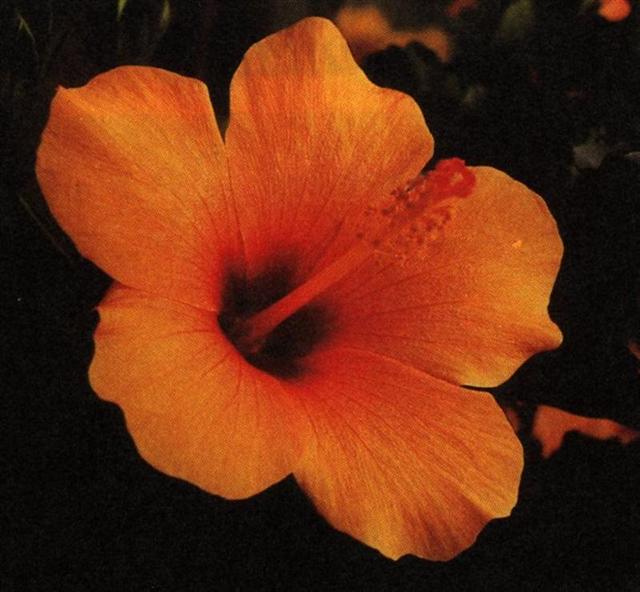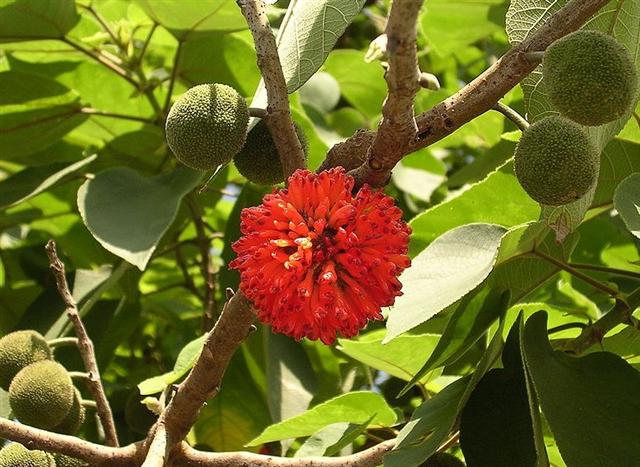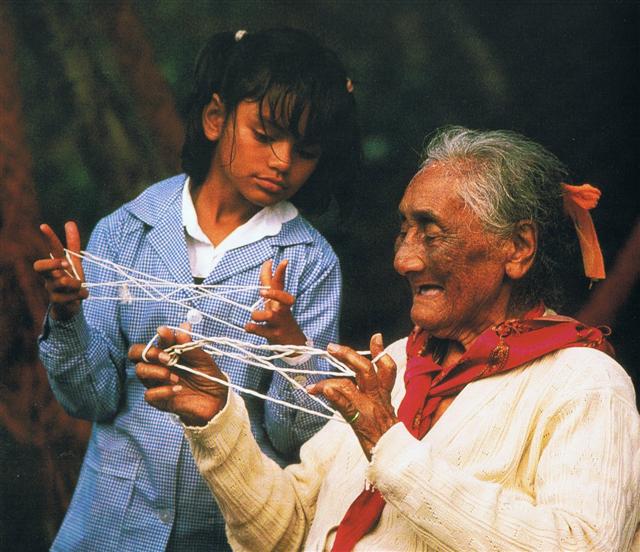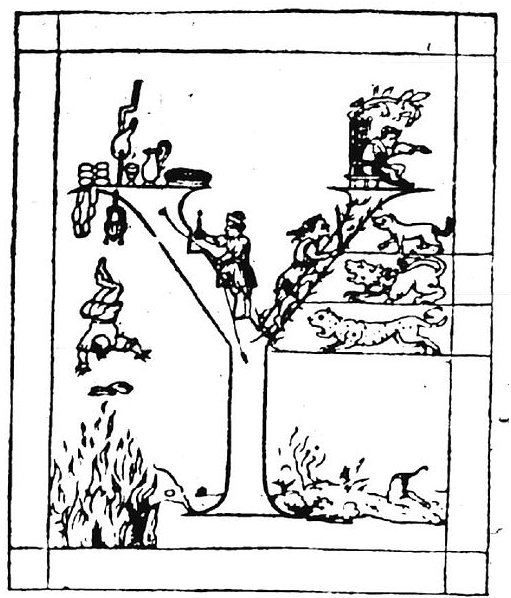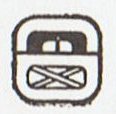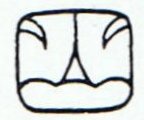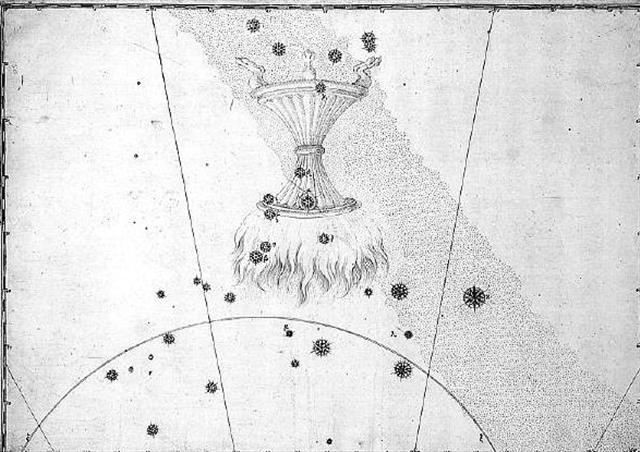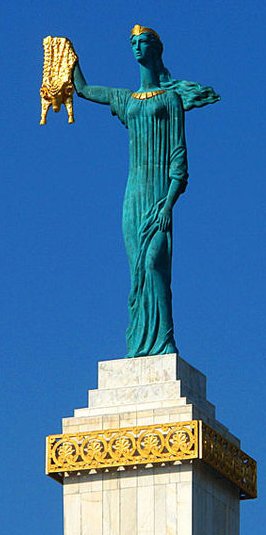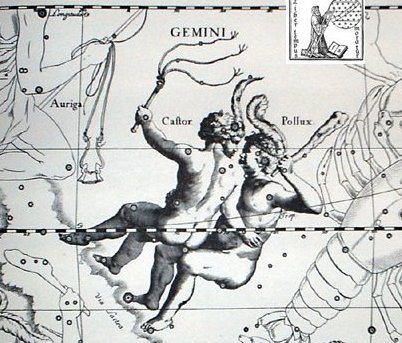There was a pair of trees (hauhau and mahute) which were necessary in order to create strings etc: Hau = Thread, line, string, ribbon; this is the name of the fibres of the hauhau tree formerly used to make twine, cloth, etc.; hau kahi, fishing line for tuna; hau here, line for eel trap; hau moroki, strong, tough line, thread; hau paka, fibres of the hauhau tree, which were first soaked in water, then dried to produce a strong thread. Ha'u = Hat. Vanaga. Hat, cord; the tree Triumfetta semitriloba. Van Tilburg. Ta.: The tree Hibiscus tiliaceus. Henry. Hau. 1 a. Hibiscus. b. Wick. P Pau.: fau, hibiscus. Mgv.: hau, id. Mq.: fau, hau, id. Ta.: fau, id. 2. To contribute. Ta.: aufau, to pay, to contribute, to subscribe. 3. Hat, cap, helmet; hakarere ki te hau, to take off the hat. Ta.: fauurumaa, war bonnet. 4. Dew; hakaritorito ki te hau, to bleach in the dew. P Mgv., Mq.,Ta.: hau, dew. 5. To blow freshly, coolness, zephyr, salubrious, breeze, wind (hahau, ahau); kona hauhau, kona hahau, a breezy spot; ahau ora, agreeable breeze; hakahahau, to hang out in the air; hakaahau, to blow. T Mgv.: hau, to blow, blusterous, to breathe. Haua, hoarse. (Hauha); araha hauha, to wait for, to look forward to. Hauhau, 1. dog (onomatopoetic). 2 a. To scratch, to scrape, to rub. b. Wood used in plowing fire. 3. (hau 5). Haumaru (hau 5 - marumaru) cool, cold. Hauł, to replace. Hauva, twin, cut T. Hauvaero (hau 3 - vaero) plume, aigrette, head ornament. Hauvarikapau (hau 3 - varikapau) plume, aigrette, head ornament. Churchill. Pau.: Hau, superior, kingdom, to rule. Mgv.: hau, respect. Ta.: hau, government. Mq.: hau, id. Sa.: sauā, despotic. Ma.: hau, superior. Hauhau, to attack. Ma.: hau, to chop. Churchill. Sa.: fau, to tie together, to fasten by tying, the tree (Hibiscus tiliaceus) whose bast is used for cord, the kava strainer made therefrom, strings in various uses; fafau, to lash on, to fasten with sennit; faufau, to fasten on, to tie together. To.: fau, to fasten up the hair, the name of the hibiscus, the kava strainer made therefrom; faufau, to fasten the outriggers of small canoes; hau, to fasten to; fehauaki, to tie. Fu.: fau, the hibiscus, the kava strainer; fał, fafał, fałfał, to attach, to tie. Niuē: fau, fafau, to make by tying. Fotuna: no-fausia, to tie, to fasten. Ta.: fau, the hibiscus; fafau, to tie together. Pau.: fau, the hibiscus. Nuguria: hau, id. Ma.: hau, to bind, to fasten together; whau, a shrub; whauwhau, to tie. Ha.: hau, name of a tree with a practicable bark. Mq.: hau, the hibiscus. Mgv.: hau, id.; hahau, to join or tie with cords. Nukuoro: hau, the hibiscus, a garland. Mg.: au, the hibiscus. Vi.: vau, the hibiscus; vautha, to bind together. Churchill 2.
Mahute. A tree (Boussonetia papyrifera) formerly more abundant on the island, the fibres of which were used for clothing (see nua and hami). Vanaga. The tree Broussonetia papyrifera, indispensible for all types of fasteners (lines, twine, ropes, and rigging). Barthel 2. Maute, paper mulberry (mahute G). P Mgv.: eute, ute, id. Mq.: ute, id. Ta.: aute, Hibiscus rosa-sinensis. Pau.: aute, id. Mahutehute (mahute - tutu 1) bast cloth in the last stage of preparation (maute). Churchill.
... The male sheaf is wound about with thread so that none of the leaves are visible, whereas the female sheaf has its leaves bent over and tied so as to resemble the roll of a woman's hair ...
And then Manuscript E continues (at the 2nd set of the pages numbered 68-69) with a list of 'all sorts of things': ... Then the men came back for the hauhau tree, the paper mulberry tree, and for all other things (i.e., plants) [ki te tahi mee tokoa]. Teke said to Oti, 'Go and take the hauhau tree, the paper mulberry tree, rushes, tavari plants, uku koko grass, riku ferns, ngaoho plants, the toromiro tree, hiki kioe plants (Cyperus vegetus), the sandalwood tree, harahara plants, pua nakonako plants, nehenehe ferns, hua taru grass, poporo plants, bottle gourds (ipu ngutu), kohe plants, kavakava atua ferns, fragrant tuere heu grass, tureme grass (Dichelachne sciurea), matie grass, and the two kinds of cockroaches makere and hata.' Oti and all his assistants went and took the hauhau tree with them. All kinds of things [te huru o te mee] (i.e., plants) and insects [?] were taken along ... [first page E:69]
And this list was ending with the drinking gourd (ipu ngutu): Hipu. Calabash, shell, cup, jug, goblet, pot, plate, vase, bowl, any such receptacle; hipu hiva, melon, bottle; hipu takatore, vessel; hipu unuvai, drinking glass. P Mgv.: ipu, calabash, gourd for carrying liquids. Mq.: ipu, all sorts of small vases, shell, bowl, receptacle, coconut shell. Ta.: ipu, calabash, cup, receptacle. Churchill.
... But We cast him forth on the naked
shore in a state of sickness,
... The state of the tree loomed large in their thoughts, because it came about at the same time the head of One Hunaphu was put in the fork. The Xibalbans said among themselves: 'No one is to pick the fruit, nor is anyone to go beneath the tree', they said. They restricted themselves, all of Xibalba held back. It isn't clear which is the head of One Hunaphu; now it's exactly the same as the fruit of the tree. Calabash came to be its name, and much was said about it. A maiden heard about it, and here we shall tell of her arrival ...
|
|||||||||||||||||||||||||||||||||||||||||||||||||||||||||||||||||||||||||||||||||||||||||||||||||||||||||||||||||||||||||||||||||||||||||||||||||||
